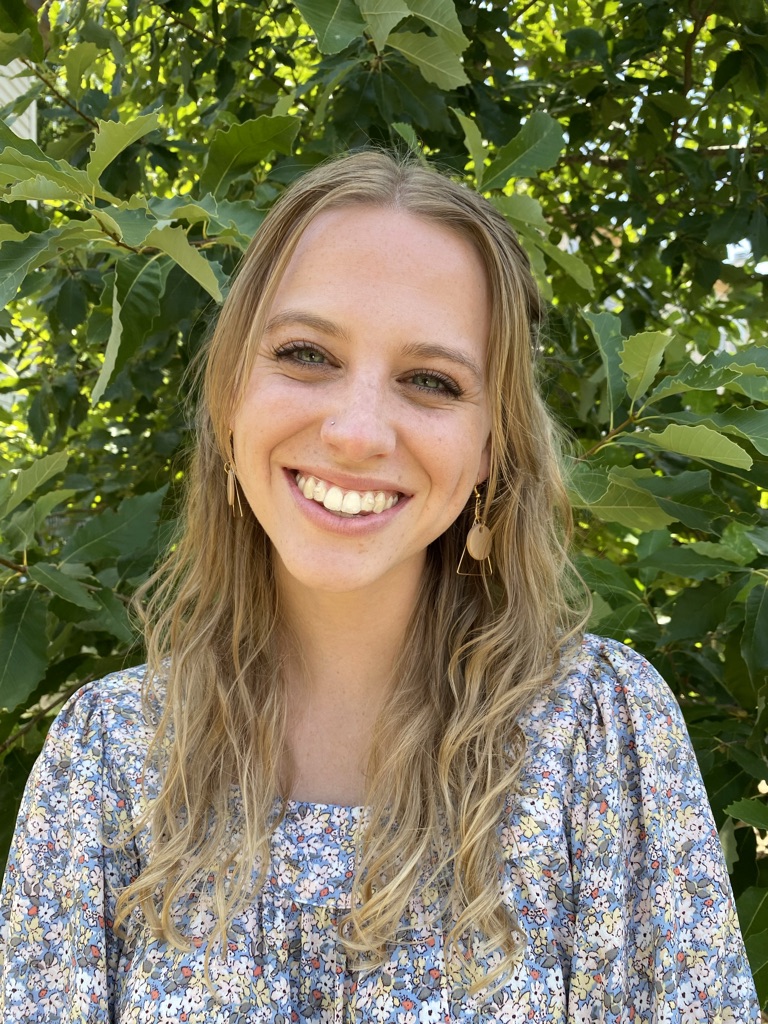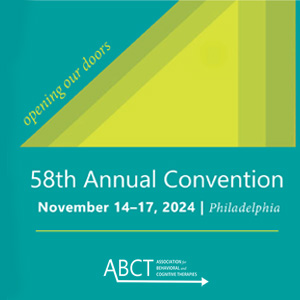Eating Disorders
Psychosocial correlates of binge-eating disorder (BED) in later life as a function of BED illness duration and severity
(PS14-2) Psychosocial Correlates of Binge-eating Disorder (BED) in Later Life as a Function of BED Illness Duration and Severity
- TL
Taylur Loera, B.S.
Post-bac Research Assistant
University of Texas Health Science Center at San Antonio
San Antonio, Texas, United States - JM
Jacqueline Macias, B.A.
MSW Student
UT Health San Antonio
San Antonio, Texas, United States - JS
Jessica Salinas, None
Research Assistant
University of Texas Health Science Center at San Antonio
San Antonio, Texas, United States .jpg)
Victoria B. Marshall, B.A.
Graduate Student
University of Texas Health Science Center at San Antonio
San Antonio, Texas, United States
Savannah C. Hooper, B.A.
Graduate Student
The University of Louisville
Louisville, Kentucky, United States- LS
Lisa S. Smith Kilpela, Ph.D.
Assistant Professor
UT Health San Antonio
San Antonio, Texas, United States
Author(s)
Co-Author(s)
Background: Binge-eating disorder (BED) is a condition marked by reoccurring episodes of binge eating (i.e., discrete episodes of eating an unusually large amount of food while feeling a loss of control) and associated distress. Older adult women (age 60+ years) represent a subpopulation historically omitted from eating disorders research. Yet, recent data indicate that older women experience higher rates of BED than previously thought. In younger populations, BED is linked to physical and psychological comorbidities (e.g., depression), which may lead to both complex clinical presentations and considerations for treatment. However, research into the relation of BED with psychosocial functioning in later life, including the context of BED illness trajectories in this clinical picture, is lacking. Thus, the objective of this study was to investigate the associations of both BED severity and BED duration with psychosocial functioning among older adult women living with BED in later life.
Method: Women (N = 49) aged 60+ years (M = 64.9, SD = 4.6), with current DSM-5 BED completed a series of measures on BED severity and psychosocial indices (e.g., social isolation, depression, sleep quality, BMI, and nutrition). Regarding ethnicity/race, 53% of participants were non-Hispanic white, 30.6% were Hispanic/Latina, 4% were Black, 6.1% were Native American or Alaskan, and 6.1% endorsed multiple races. Additionally, 45% were married or cohabitating. Current BED diagnosis was confirmed by standardized clinical diagnostic interviews; participants also shared their BED age of onset and relevant life events.
Results: Over half (57.1%) of participants reported a BED onset age of 25 or younger, while 8.2% reported a BED onset between ages 26-44 and 34.7% reported a BED onset age of 45 or older. Regarding BED severity, most participants had moderate (43%) or severe (51%) symptoms. The majority of participants met the clinical cutoff for depression (65.3%) and clinical sleep problems (75.5%). Findings were nonsignificant for BED duration and any psychosocial measure. BED severity was significantly correlated with depressive symptoms (r = .464, p < .001) and frequency of consuming nutritious foods generally (r = .327, p = .022), suggesting that those with more severe BED symptoms also endorsed more severe depressive symptoms and less frequent nutritious food consumption overall.
Conclusions: Although the majority of older women with BED in later life endorsed clinically relevant levels of depression and sleep disturbances, BED duration was not related to psychosocial impairment in later life. Alternatively, BED severity was associated with worse depressive symptoms and poorer nutritional consumption, suggesting that current severity may be a more important indicator of psychosocial comorbidity than duration of BED among older adults. Yet, data are preliminary, and more research is warranted to better disentangle how BED illness trajectories may impact psychosocial functioning in older adults and other diverse populations.

.png)
